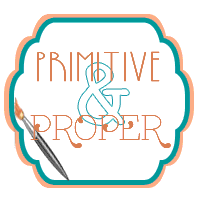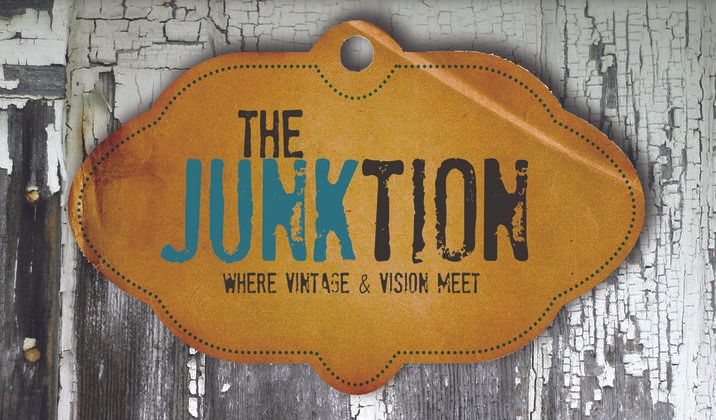The hubby is at the office. He's been putting in some major hours this week, so that hopefully he can take off a few days next week while his family is in town. We can't wait to see his parent's, one of his sisters, and his two nieces!!! We are looking so forward to our time with them.
I have a few things that need to get done by Monday evening, so I'm not sure how much relaxing will take place this weekend, but I can assure you there will be some productiveness. Is it kinda sick that working a being productive is relaxing to me? Who am I kidding, if you're reading this, you're probably that way too!
Okay, enough rambling, onto the table. Here's the before of this french style table that was just a bit outdated. This piece was for a local client here in town.
I started by giving it a good sanding all over. And then a coat of Benjamin Moore Smart Prime.
Next up, she got two coats of a Benjamin Moore cabinet coat (in a creamy-ish white).
Once the paint had a couple days to dry, I distressed the entire piece with a medium distress. I primarily hit the table legs and the table top edges, but left the flat surface of the table alone. I wanted to soften the piece a bit more and give it a little antiqued look without going to rustic (you know I love me some rustic-ness). Anyhoo, I decided to use my wood stain to do this and I chose the color Provincial.

It's hard to tell in this picture, but the left half of the table has been antiqued and the right half has not.
Here's a side by side of antiqued vs. not antiqued. Again, a bit hard to see, but you can see the warmth and toned down look that the antiqued side (left) has.To do this, I first sanded down the table top surface with steel wool to smooth out the paint job really well. Then, I used the stain to antique. I wasn't too happy with the amount of antiquing it was leaving behind because of the super smooth finish. So, instead, I went back over the table top with a 220 grit, just to give it a slightly rougher surface to work with. Then I used a cheap foam brush and wiped on my stain in the direction of the grain/paint strokes. I worked in about 6 inch sections, so it wouldn't dry too fast.
Once the stain was brushed on, I used an old (but clean and lint free) rag to wipe it off and blend it. Yes, my arms really are that hairy. Thanks Dad for the hairiness I inherited. It's like I have my very own little forest on my arm. When I get cold and get goose bumps, it's like all the trees of the forest stand straight up. I'm sure you didn't come here to hear about my arm forest, so I will move on.
Here's a better glance and the before and after using the stain. The left side has not been antiqued yet while the right side has.
I did the legs and the apron as well, but left a bit more stain in the crevices in those areas to really add depth and dimension. After letting the stain dry for 24 hours, the entire piece was waxed with clear paste wax (Minwax). Then, in true goober fashion, I delivered the table and never got a picture. I will swing by my customers and snap one next week. This piece is available for viewing and purchase at BayHouse Antiques in Bluewater Bay (Niceville), FL.
Linking up here:












6 comments:
i use stain to antique all the time and i love it because it just ages it lightly! great tutorial- that is pretty much what i do, too!
Looks lovely! Question: what finish is the paint? Semi-gloss? Satin? I have tried this stain-over-paint technique before with a flat paint, and it was . . . . well, it was a mess. An ugly, ugly mess.
Please and thank you!
Compare the different types of grain patterns. Try to match grain patterns in boards that will be used next to one another, since differences will become more pronounced once you brush on a coat of stain.
buy propecia online where to buy propecia canada - buy propecia pharmacy
Is wax the only way to add protection? I tried wipe on poly after using this technique, 3 days after I antiqued with stain and the poly wiped the stain off...ugh!!
This website online is really a stroll-by means of for the entire data you wished about this and didn’t know who to ask. Glimpse here, and you’ll definitely discover it. online casino gambling
Post a Comment